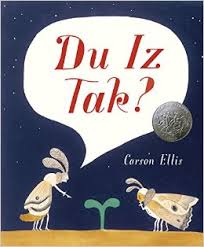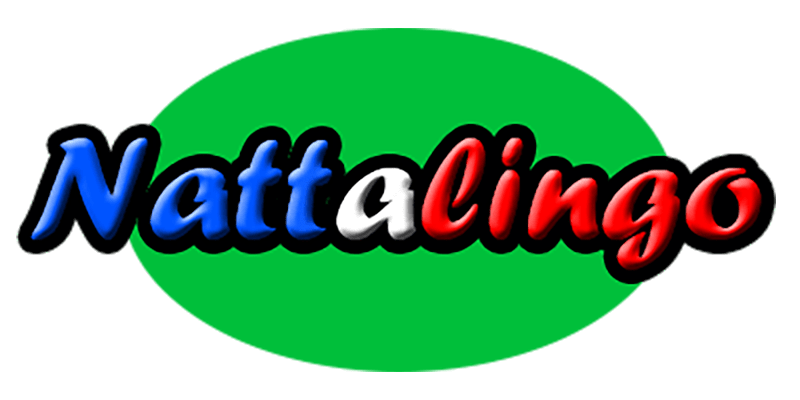
I can’t actually remember how I came across this book – I wish I did so I could thank whoever sent it my way! It is amazing and has so much potential for our young languages learners!!
This on is the French version: I have since found out that there are different versions for different languages, which makes it even more clever!
I must confess it makes me feel bad that when my bilingual (English and French) son, age 5, started making up his own language and teaching me it… I bought us some Spanish DVDs so we could learn a real language together instead…
Type of text: picture book
Author or source: Carson Ellis
Intended age of students: Key Stage 2/3
Source reference: 978146368413
Approaches:
This book is the most beautifully-drawn story written in a made-up bug language. As the language was totally invented by the author, I would read it to the children the way I want to read it, without telling them which language it was, to see if they worked it out. Then I would read it again, showing them the text, and let them work out my pronunciation rules. Do they like them? What would they change about them? The children can decide in groups how they would read it… I am not actually sure at which point I would tell them it is not a real language but am guessing as late as possible!! This will really get us thinking about phonics.
Rationale:
This story shows to children that they can work out and understand a lot even without knowing a language at all; it shows the power of language and of course illustrations too.
The book is perfect for getting the children to think about everything to do with the structure of a language. It will make them question their own language’s or languages’ structure(s) whilst having a lot of fun!
Outcomes:
Once they are happy that they can use their decoding skills to work out what the story is about, how about your pupils create, in pairs or small groups, their own language? You could give them free reins for 5 minutes then stop them to ask them how they have gone on about it and start challenging them. From what they know, do words always have to be in a specific order? Can you translate literally word for word? Do the words change /can they change? Do you even have to have a verb in every sentence?? They can invent their own rules! Once they are happy with their language (and it has a name!) they need to test it out and try to teach each to another group to see if it works. Alternatively or in addition, they could write their own story, as in the original book. Let them run with it! I reckon they will learn a lot about language in general!
Topics or themes:
It fits in more with the programmes of study at KS2 and KS3 and the structure of language than within any scheme; it could form the basis of a (transition?) project.
Grammar:
All grammar points which come up as the children work out their rules!
How much time required:
1-6 lessons
I have contacted the publisher and am hoping to develop more resources to exploit this book fully and will keep you posted. I hope you and our children love it!

